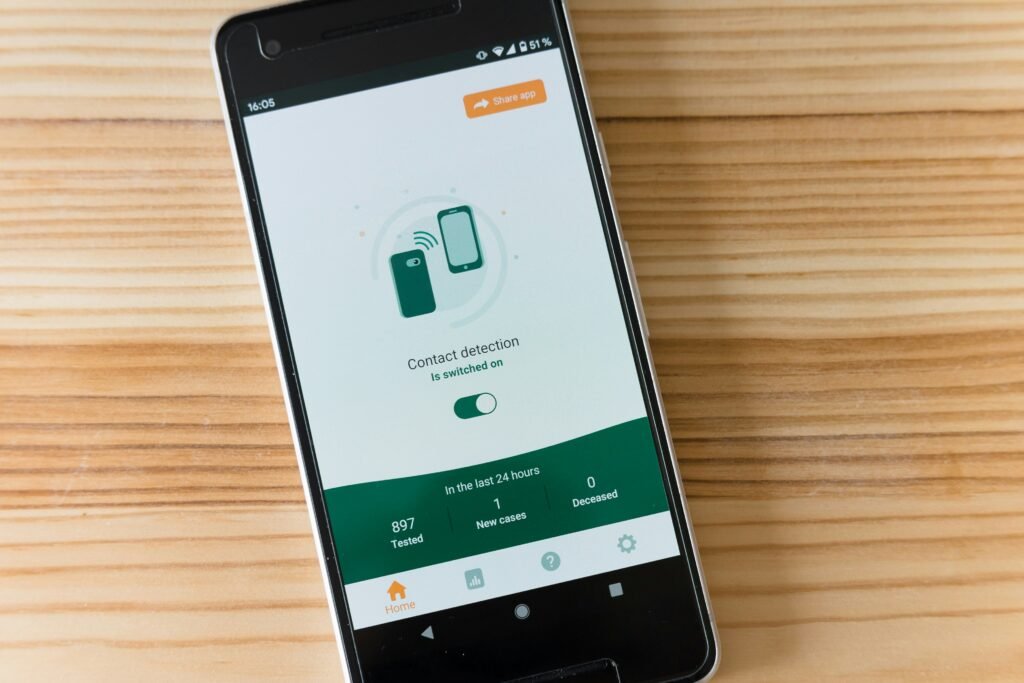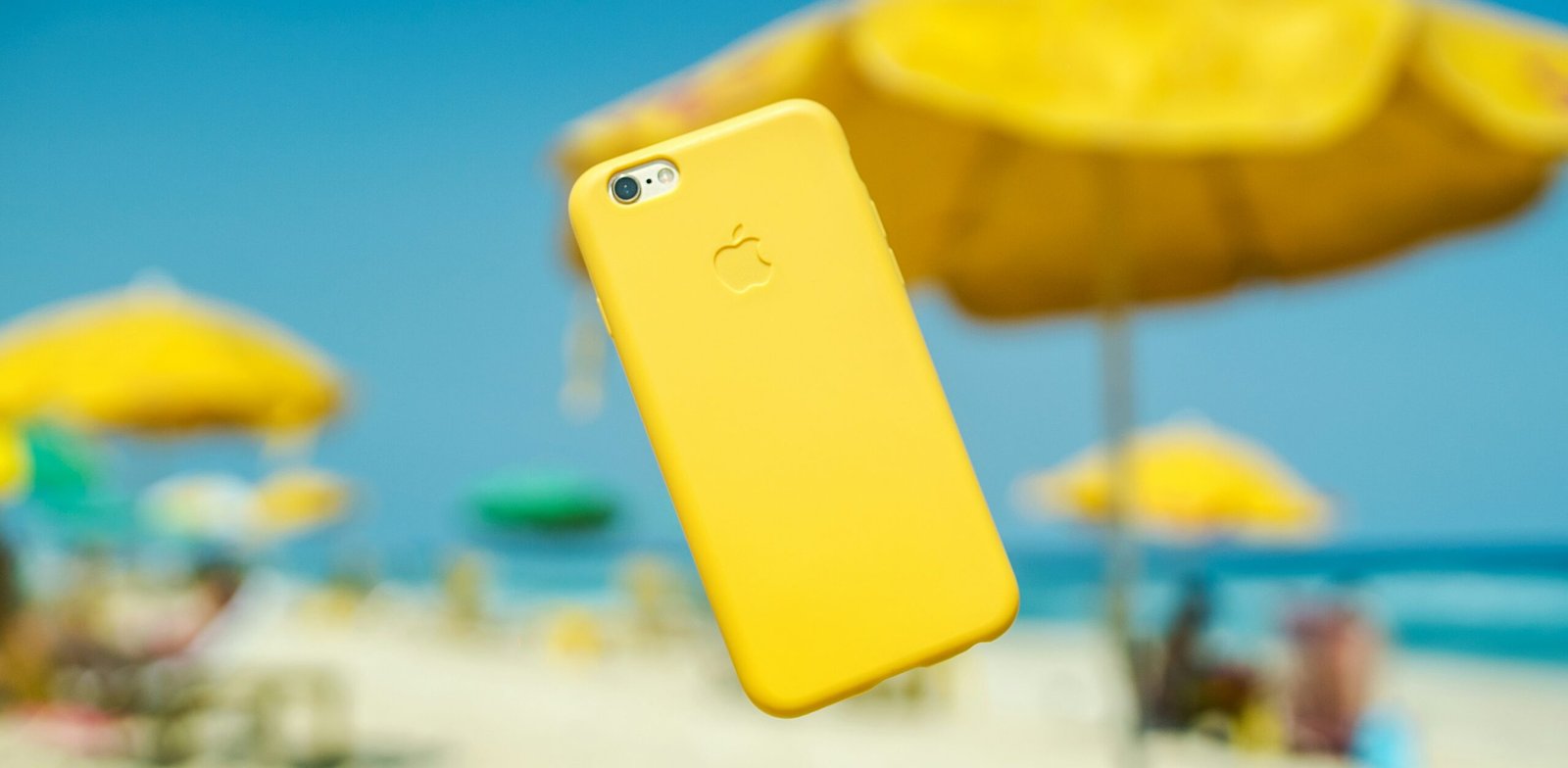So, you’ve got yourself a brand new iPhone and you’re ready to explore all of its amazing features. One feature you may not be aware of is the ability to use an SD card reader with your iPhone. With this nifty little device, you can easily transfer photos, videos, and other files from your camera’s SD card directly to your iPhone. No more fiddling with cables or using a computer as a middleman. In this article, we’ll walk you through everything you need to know about using an SD card reader on your iPhone, so you can harness the full potential of your device and never miss a moment again.

Checking Compatibility
Confirming iPhone Compatibility
Before using an SD card reader on your iPhone, it is crucial to ensure that your device is compatible with this accessory. Not all iPhone models support SD card readers, so you need to confirm if your iPhone is compatible. Fortunately, the vast majority of recent iPhone models have a Lightning port, which is necessary for connecting the SD card reader. To determine if your iPhone has a Lightning port, look at the bottom of your device. If there is a small, rectangular-shaped port, then your iPhone is likely compatible.
Choosing a Compatible SD Card Reader
Once you have confirmed that your iPhone has a Lightning port, it is time to choose a compatible SD card reader. There are numerous options available in the market, ranging from different brands to various features. When selecting an SD card reader, consider factors such as the read and write speeds, compatibility with different SD card formats (e.g., SDHC, SDXC), and the overall build quality. It is also worth checking if the SD card reader allows you to connect other USB devices to your iPhone. Take these factors into account and choose a reliable SD card reader that suits your needs.
Connecting the SD Card Reader
Locating the Lightning Port
To connect your SD card reader to your iPhone, you first need to locate the Lightning port. The Lightning port is typically located on the bottom edge of your device, between the speakers. It is a small, rectangular-shaped port that allows you to connect various accessories and chargers to your iPhone.
Inserting the SD Card Reader
Once you have located the Lightning port, gently insert the SD card reader into the port. Ensure that you align the connector correctly, and do not force it if it does not fit immediately. The SD card reader should slide in smoothly, creating a secure connection with your iPhone. Once inserted, you are ready to access the Files app and begin working with your SD card.

Accessing the Files App
Locating the Files App
To access and manage files on your SD card, you need to open the Files app on your iPhone. The Files app is a native application that allows you to access and organize files stored on your device, iCloud Drive, and other connected storage services.
To locate the Files app, swipe down on your home screen to open the Search bar. Type “Files” into the search bar and tap on the app when it appears in the search results. Alternatively, you can swipe through your app pages and look for the Files app icon, which resembles a blue folder.
Opening the Files App
Once you have located the Files app, simply tap on the icon to open it. The app should launch and display the main file browsing interface. From here, you can navigate through your device’s internal storage, any connected cloud storage services, and now your connected SD card.
Identifying the SD Card
Finding the SD Card in the Files App
After opening the Files app, it is essential to locate and identify the SD card within the app’s interface. By doing so, you can view the files and folders stored on your SD card and interact with them accordingly. To find the SD card, look for the “Locations” section at the top of the Files app interface. Under this section, you should see the name of your SD card listed, typically with a generic name such as “NO NAME” if you haven’t renamed it.
Tap on the name of your SD card to access its contents. The Files app will display all the files and folders stored on the SD card, allowing you to navigate, import, export, and manage them efficiently.
Understanding File Organization
Once you have accessed your SD card’s contents in the Files app, it is crucial to understand how the files and folders are organized. The Files app typically displays the files and folders in a hierarchical structure, similar to the structure you might see on a computer.
Files are represented by their respective icons, accompanied by their names, file sizes, and file types. Folders, on the other hand, are represented by folder icons, and you can tap on them to open them and access the files they contain. By understanding the file organization, you can easily locate and work with specific files on your SD card.

Importing Photos and Videos
Selecting Files for Import
One of the primary reasons for using an SD card reader on your iPhone is to import photos and videos from your camera’s SD card. To import files, first, navigate to the location on your SD card where the desired files are stored. Once you have located the files you want to import, tap on them to select them. You can select multiple files at once by tapping and holding on one file, and then tapping on the others.
Copying Files to iPhone
After selecting the files you wish to import, tap on the “Copy” button that appears at the bottom of the screen. This action will copy the selected files from the SD card to your iPhone’s internal storage. Depending on the file sizes and the number of files, this process may take some time. Ensure that your iPhone has sufficient free space to accommodate the imported files.
Choosing Import Destination
When importing files, you have the option to choose the destination folder on your iPhone. By default, the Files app may suggest saving the imported files to the “On My iPhone” folder or within the “Photos” app. However, you can navigate to other folders within the Files app or create a new folder specifically for the imported files. Choose the appropriate destination folder based on your personal organization preferences and tap on the “Copy” button to initiate the import process.
Managing Files on the SD Card
Renaming Files
The Files app on your iPhone allows you to rename files on the SD card directly. To rename a file, navigate to the location of the file within the Files app. Once you have located the file, tap and hold on the file’s name until a context menu appears. From the context menu, select the “Rename” option, and a text field will appear. Enter the desired new name for the file and tap “Done” on the keyboard to save the changes. Renaming files can help you organize and identify them more effectively.
Creating Folders
To keep your files well-organized, it is beneficial to create folders on your SD card. Creating folders allows you to categorize files based on specific criteria or projects. To create a new folder, navigate to the location where you wish to create the folder within the Files app. Once there, tap on the “Select” button at the top-right corner of the screen. Next, tap on the “New Folder” button that appears at the bottom-left corner. Enter a name for the new folder and tap “Done” on the keyboard, and the folder will be created. You can then move files into the newly created folder to maintain a tidy file structure.
Deleting Files
If you want to delete files from your SD card, the Files app provides a convenient way to do so. First, locate the file you wish to delete within the Files app. Once found, tap and hold on the file’s icon until a context menu appears. From the context menu, select the “Delete” option. A confirmation prompt will appear, asking you to confirm the deletion. Tap on “Delete” to permanently remove the file from your SD card.
Moving Files
In addition to renaming files and creating folders, you can also move files within the Files app. Moving files allows you to reorganize your SD card’s contents according to your preferences. To move a file, select the file by tapping and holding on its icon until a context menu appears. From the context menu, select the “Move” option.
The Files app will then allow you to choose the destination folder for the file. Navigate to the desired folder and tap on the “Move” button to complete the file relocation process. By moving files, you can structure your SD card in a more organized and efficient manner.
Transferring Files to the SD Card
Exporting Files from iPhone to SD Card
Apart from importing files from an SD card to your iPhone, the Files app also allows you to transfer files back to the SD card. This feature can be especially useful if you want to free up space on your iPhone or keep a backup of important files. To export files to the SD card, navigate to the location of the file within the Files app. Tap and hold on the file’s name until the context menu appears. From the context menu, select the “Move” option.
Next, navigate to the SD card’s location within the Files app and tap on the “Move” button to transfer the file from your iPhone to the SD card. This process may take some time, depending on the file size and the transfer speed of your SD card.
Selecting Files for Transfer
Just like when importing files, you can select multiple files to transfer to the SD card. To select files, tap on each file’s icon to highlight them. You can also tap and hold on one file, then tap on the others to select them simultaneously. The selected files will be marked with a checkmark, indicating that they will be included in the transfer process.
Choosing Transfer Destination
When transferring files to the SD card, it is essential to choose the appropriate destination folder. By default, the Files app may suggest a location within the SD card, but you can navigate to any folder within the card or create a new folder specifically for the transferred files. Select the desired destination folder and tap on the “Move” button to initiate the transfer. The Files app will handle the transfer process, ensuring that the files are successfully moved to the SD card.
Ejecting the SD Card Reader
Removing the SD Card Reader
When you no longer need to use the SD card reader on your iPhone, it is important to properly remove it. Gently grasp the SD card reader’s body, located in the Lightning port, and pull it out of the port with a straight motion. Do not apply excessive force, as this may damage the port or the SD card reader. By removing the SD card reader safely, you can avoid any potential damage and ensure its longevity.
Properly Ejecting the SD Card Reader
While removing the SD card reader physically is straightforward, it is equally important to properly eject the device within the Files app. To do this, navigate to the “Locations” section within the Files app. Find the name of your SD card listed and swipe it to the left. An “Eject” button will appear. Tap on the “Eject” button to safely disconnect the SD card reader from your iPhone.
By following these steps, you can safely remove the SD card reader without any risk of data loss or potential damage to your files or card reader.
Troubleshooting
Unresponsive SD Card Reader
In some cases, you may encounter an unresponsive SD card reader when trying to use it on your iPhone. If this happens, there are a few troubleshooting steps you can follow. First, ensure that the SD card reader is securely connected to your iPhone’s Lightning port. Disconnect and reconnect the card reader to establish a proper connection.
If the SD card reader is still unresponsive, try using it with a different SD card. This will help determine if the issue lies with the reader or the specific SD card you are using. If the card reader works with a different SD card, it is likely a compatibility issue between the reader and the original SD card.
Additionally, make sure that your iPhone is running the latest software version available. Software updates often include bug fixes and compatibility improvements, so updating your device’s software may resolve any issues you are experiencing with the SD card reader.
Errors and Error Messages
If you encounter errors or error messages while using the SD card reader on your iPhone, take note of any specific information provided. Error messages can help identify the cause of the problem and guide you towards a solution. Some common errors may indicate issues with the file system on the SD card or an unsupported file format.
To troubleshoot errors, try restarting your iPhone and reconnecting the SD card reader. If the error persists, try formatting the SD card using a computer or a compatible device. Formatting erases all data on the SD card, so ensure that you have a backup if necessary.
Assessing Compatibility Issues
If you are experiencing compatibility issues with the SD card reader and your iPhone, it is important to identify the root cause. Start by verifying that your iPhone model indeed has a Lightning port, as some older models may not. If your iPhone has a Lightning port, ensure that the SD card reader is compatible with your specific model, as different models may have slightly different compatibility requirements.
Review the manufacturer’s documentation and specifications for the SD card reader and your iPhone to determine if there are any known compatibility issues. Additionally, reach out to the manufacturer’s customer support for assistance, as they may have specific troubleshooting steps or recommendations for resolving compatibility issues.
Additional Tips and Tricks
Using Third-Party File Management Apps
While the Files app provides basic file management functionalities, you may also consider using third-party file management apps to enhance your experience. These apps often offer additional features, such as advanced file organization, cloud storage integration, and even built-in file encryption. Explore the App Store to find reputable file management apps that suit your specific needs and preferences.
Backup and Sync Options
To ensure the safety of your files and prevent data loss, remember to regularly back up your SD card and iPhone files. You can use iCloud or other cloud storage services to automatically back up your important files. Additionally, consider creating manual backups on different devices or external storage solutions for added redundancy.
Syncing your files across multiple devices can also provide convenience and accessibility. By using cloud storage services, you can access your files from various devices, including your iPhone, iPad, or computer.
Security Considerations
When working with files and storing them on your SD card, it is crucial to prioritize security. If the files contain sensitive information, consider encrypting them using encryption software or apps specifically designed for this purpose. This adds an additional layer of protection, ensuring that only authorized individuals can access the files.
Furthermore, regularly update your iPhone’s software to benefit from the latest security patches and enhancements. This helps safeguard your device against potential vulnerabilities and data breaches.
In conclusion, using an SD card reader on your iPhone allows you to expand your device’s storage capacity and conveniently manage files stored on your SD card. By following the steps outlined in this article, you will be able to connect the SD card reader to your iPhone, access files using the Files app, import and export photos and videos, manage files on the SD card, and troubleshoot any potential issues. Remember to prioritize compatibility, understand the file organization, and make use of additional tips and tricks to optimize your SD card reader experience on your iPhone.








